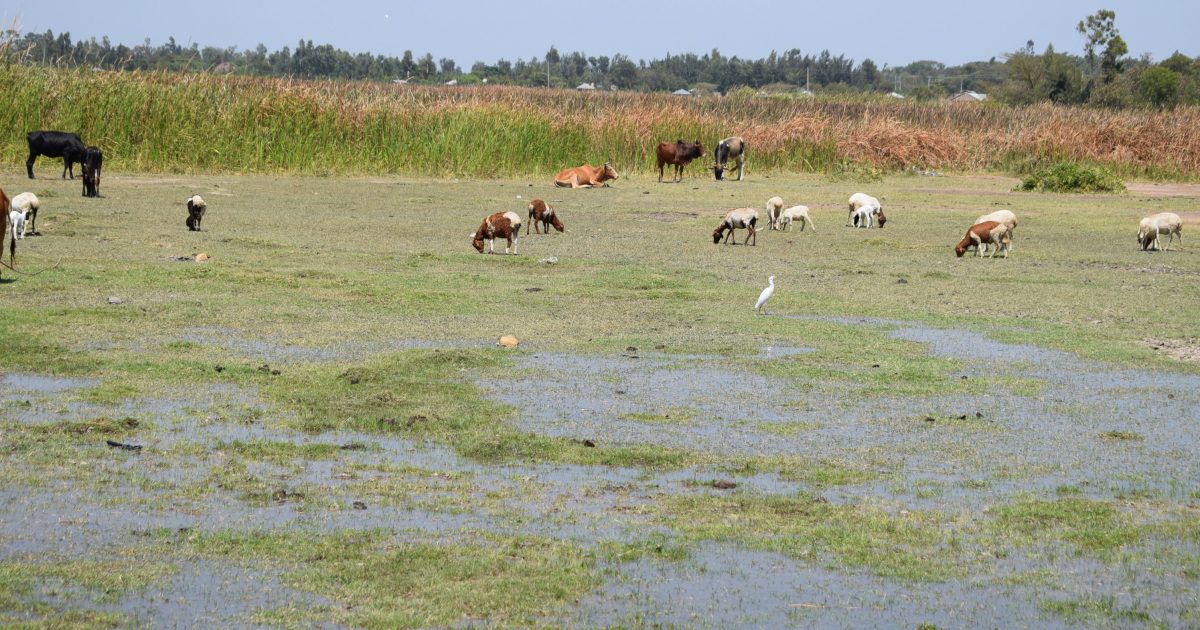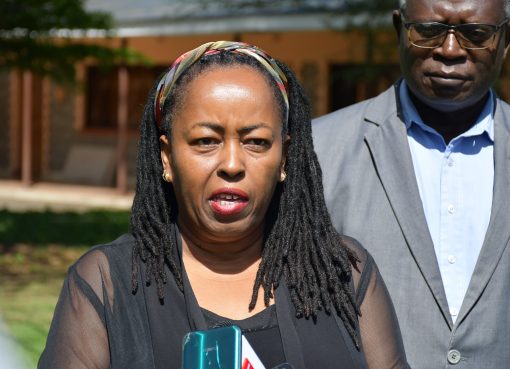The International Crane Foundation (ICF) has called for concerted efforts to protect wetland areas from further degradation for the sake of wildlife, especially the crane birds, whose number is reportedly declining.
ICF’s East Africa Research and Monitoring Specialist, Dr. Wanyoike Wa Miti, addressing the press in Eldoret, indicated that cranes rely on wetlands in terms of breeding and food; hence, destruction of their habitats would render the bird species extinct.
Wanyoike noted that establishing proper structures to conserve and protect the wetlands, like sensitising members of the public, preventing human encroachment on protected areas, and other measures, would in the long run increase the population of endangered crane populations, especially the grey crown crane birds.

“It is sad that currently there is a dwindling number of cranes, where we have only 8,000 from the previous 30,000 in the late ’80s, mainly due to the destruction of wetlands,” he noted.
The specialist alluded to the fact that the biggest threat to the survival of the birds is basically habitat, where they can find a place to breed safely, raise their chicks, flock together, and grow in population, adding that there are so many factors that could threaten those habitats, including the wanton destruction of the wetlands and the surrounding areas.
These threats could emanate from human activities like farming, settling on the birds’ habitats, poisoning, and the unwarranted collection of crane eggs and chicks from the wild by people, among others.
“The destruction of wetlands has destroyed breeding space for cranes, where they could establish their nest and lay their eggs. We should therefore protect our wetlands. As a country, we need to think about wetlands conservation to prevent further loss of these precious birds,” added Dr. Wanyoike.
He said cranes are water birds since their larger life cycle relies on wetlands for their survival.
“According to last year’s census, Uasin Gishu had the largest percentage of such birds, which was almost 27 per cent of the national population,” he said.
He revealed that in Kenya, cranes are distributed in 10 counties: Uasin Gishu, Trans-Nzoia, Bungoma, Kakamega, Vihiga, Kisumu, Homabay, Migori, and Elgeyo Marakwet.
On his part, Dr. Joseph Mwangi, Country Manager for the International Crane Foundation (ICF), reiterated the need for the National and County governments to come out and develop proper measures in terms of regulations to help in the conservation and protection of wetlands.
“Wetlands avert climate change three times more than trees in terms of reducing carbon dioxide concentration in the atmosphere; therefore, their destruction has a great impact not only on birds but also on people. We call on each person to help conserve wetlands,” he said.
The Country Manager reiterated that sensitization is very key in ensuring the wetlands are protected and conserved so that every individual is brought on board to prevent further destruction of the wetlands, which play a crucial role in people’s lives.
In his remarks, the County Director of Environment and Climate Change, Kipchumba Barno, said that they are mapping out all the wetlands in order to protect them through fencing to provide an ample and peaceful environment for animals and birds occupying them.
On his part, the Head of the Department of Ecosystem Management, Isaac Elmi, reiterated the importance of the adoption of wetlands sites across the country.
He called upon various agencies and county governments to adopt wetlands in their respective regions, noting that the adoption, protection, and conservation of wetlands will help to mitigate climate change.
Elmi revealed that the department has so far identified 10,000 wetlands across the 47 counties and that only 10 have been adopted across the country.
“So far, only ten wetlands have been adopted; we expect many counties, state agencies, and other actors to adopt babies called wetlands in order to prevent the country from suffering from a severe drought that has been the norm,” he noted.
By Ekuwam Sylvester




